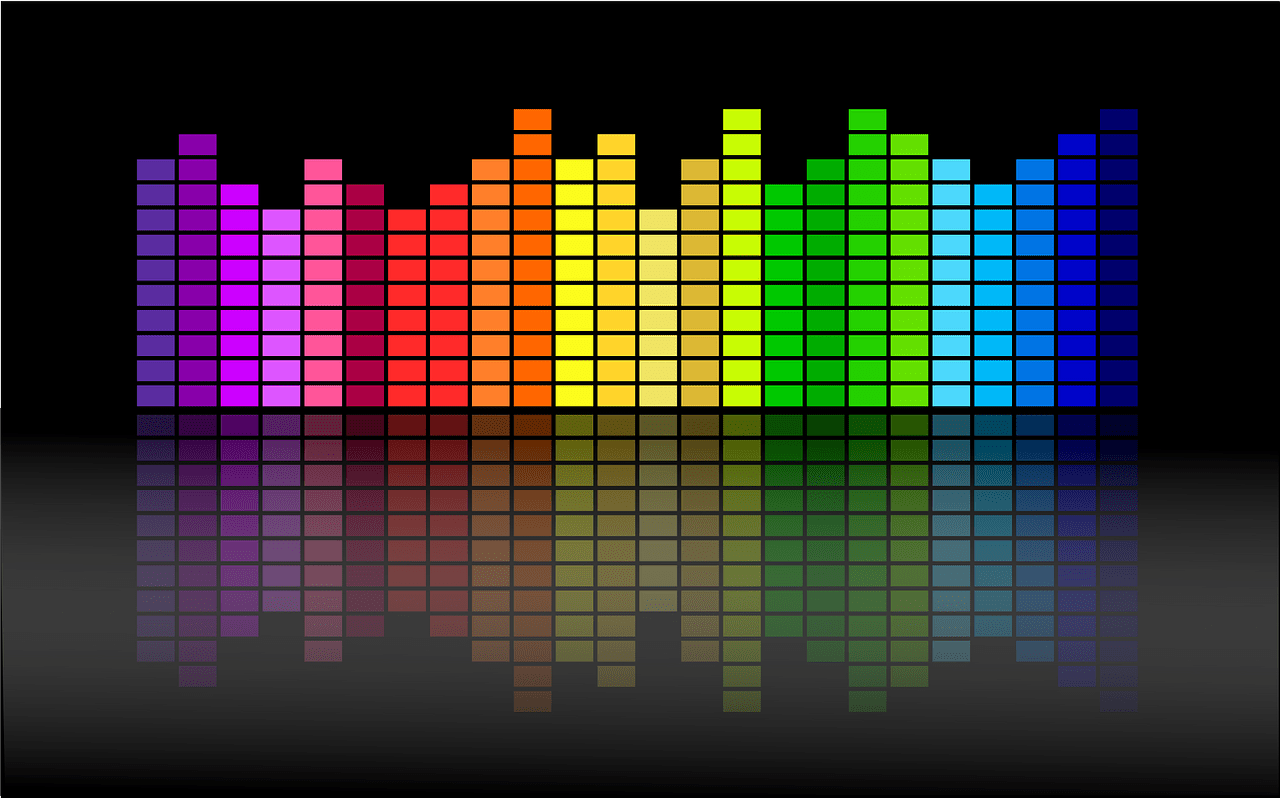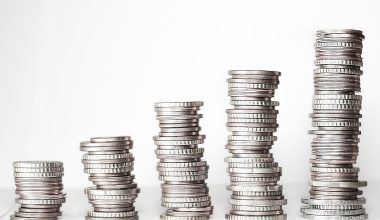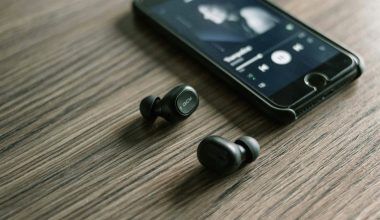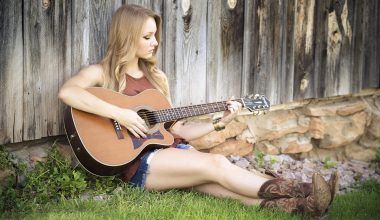If you’re diving into vocal recording, one of the first questions you’ll encounter is: what’s the best sample rate for recording vocals? The answer isn’t as daunting as it seems. With a little understanding, you can make an informed choice that fits your needs perfectly.
What is a Sample Rate?
Before we jump into specifics, let’s quickly explain what sample rate means. When you record audio, your recording device captures sound waves in tiny slices or samples. The sample rate measures how many of these slices are taken per second, and it’s measured in kilohertz (kHz). For instance, a sample rate of 44.1 kHz means 44,100 samples are captured every second.
Higher sample rates provide more detail but also use more storage and processing power. It’s like taking a high-resolution photo — the image is sharper, but the file size is larger. So, what’s the sweet spot for vocals?
Common Sample Rates Explained
When it comes to recording vocals, there are a few popular sample rates:
- 44.1 kHz: This is the standard sample rate for CDs and is widely used in music production. It provides good quality without using too much storage.
- 48 kHz: Common in video production, 48 kHz offers slightly more detail and is great for syncing audio with video.
- 96 kHz: This high sample rate is often used in professional settings. It captures more detail but requires more storage and processing power.
- 192 kHz: This is the highest commonly used sample rate. It’s mainly for specialized applications and isn’t necessary for most vocal recordings.
Each sample rate has its pros and cons, and the best choice depends on your goals and setup.
Why 44.1 kHz Works for Most Vocals
For most people recording vocals, 44.1 kHz is a reliable choice. Here’s why:
- Industry Standard: Since it’s the standard for music playback, your recordings will translate well across different devices.
- Balanced Quality: 44.1 kHz offers a good balance between audio quality and file size.
- Compatibility: Nearly all audio software and hardware support this sample rate without issues.
Unless you’re working on a specific project that demands higher fidelity, 44.1 kHz will meet your needs.
When to Use 48 kHz for Vocals
If you’re working on a video project, 48 kHz is a better choice. It’s the standard for video production and ensures smooth audio synchronization. Plus, the slight boost in detail can make vocals sound crisper, especially when paired with high-quality equipment.
Are Higher Sample Rates Always Better?
At first glance, higher sample rates like 96 kHz or 192 kHz seem like the obvious choice. More detail must mean better sound, right? Not necessarily. Here’s why:
- Diminishing Returns: The human ear can only perceive so much detail. Most people won’t notice the difference between 44.1 kHz and 96 kHz.
- Storage Concerns: Higher sample rates produce larger files. If you’re recording multiple takes, this can quickly eat up hard drive space.
- Processing Power: High sample rates demand more from your computer. If your system isn’t up to the task, you might experience lag or crashes.
Unless you’re producing for ultra-high-quality applications, these drawbacks often outweigh the benefits.
How to Choose the Best Sample Rate for Your Setup
Now that you know the basics, how do you pick the best sample rate for recording vocals? Here are some factors to consider:
- Project Goals: If you’re creating music for streaming, 44.1 kHz is perfect. For video work, go with 48 kHz. If you’re working on high-end productions, consider 96 kHz.
- Equipment: Your gear plays a big role. Some audio interfaces perform better at specific sample rates. Check your device’s manual for recommendations.
- Budget: Higher sample rates require more storage and processing power. If you’re on a tight budget, stick with 44.1 kHz or 48 kHz.
Tips for Optimizing Your Vocal Recordings
Choosing the best sample rate is just one part of the equation. Here are some additional tips to get great vocal recordings:
- Use a Pop Filter: This simple tool reduces plosive sounds and keeps your recordings clean.
- Find the Right Mic: Different microphones excel at different tasks. Experiment to find one that suits your voice.
- Set Proper Levels: Aim for levels that are loud enough to capture detail but not so loud that they clip.
- Record in a Quiet Space: Background noise can ruin an otherwise great take. Choose a quiet room or use acoustic treatment.
Experiment and Trust Your Ears
Ultimately, the best sample rate for recording vocals is the one that sounds good to you. Don’t be afraid to experiment. Record a few takes at different sample rates and listen closely. You might find that 44.1 kHz works perfectly for one project while 48 kHz or 96 kHz suits another.
Remember, great vocal recordings come from a combination of factors: the right sample rate, good technique, and quality equipment. By understanding your options and testing your setup, you’ll be well on your way to creating recordings you can be proud of.
Conclusion
Whether you’re a beginner or a seasoned pro, finding the best sample rate for recording vocals doesn’t have to be complicated. For most situations, 44.1 kHz or 48 kHz will serve you well. Higher rates can offer more detail but come with trade-offs. Focus on your goals, trust your ears, and remember that the best recordings come from practice and experimentation.
For further reading, explore these related articles:
- Justin Bieber’s Popular Songs: A Journey of Musical Hits
- Indian Songs on Billboard – A Proud Moment for Indian Music
For additional resources on music marketing and distribution, visit Deliver My Tune.






